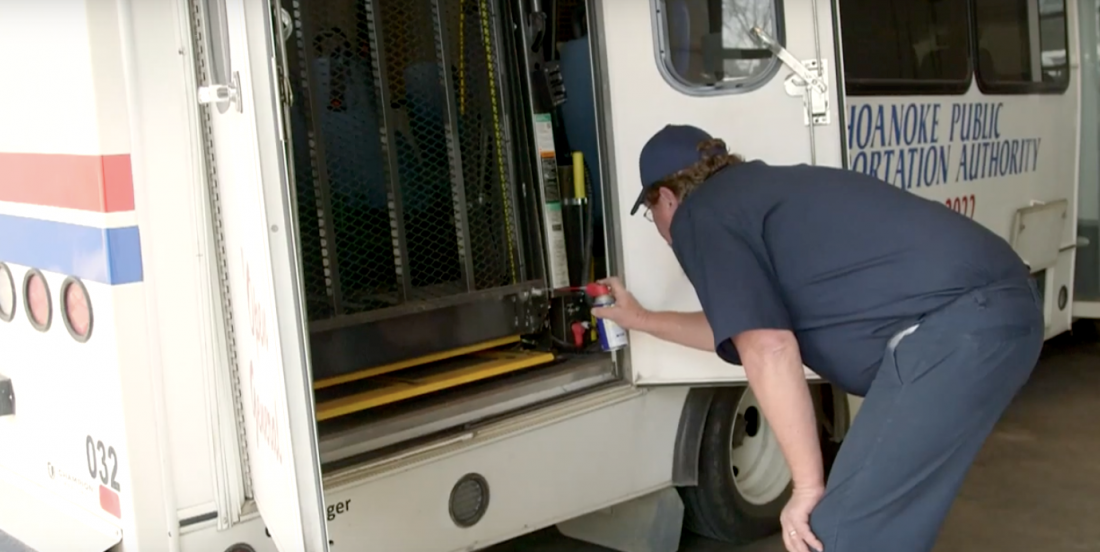Rural Transportation Challenges- Hertford and Bertie Counties
Did you know… In the 2009 American Housing Survey, public transit was available to only 13% of rural residents compared to the national average of 57%?

The Challenge
Rural communities across the nation are struggling to provide transit to their residents. With an aging population and a lack of public transportation infrastructure, rural residents often cannot get to the places they need, particularly their medical appointments. The consequences can be dire. For example, there are people who are unable to make it to ongoing dialysis treatments. A study done by The American Public Transportation Association confirms the need for medical transport, as they found that nearly 9% of public transit riders in small urban and rural areas were going to receive medical services.
The team at ncIMPACT looked at this issue in Hertford and Bertie counties in North Carolina.
The Solution
Hertford and Bertie counties have developed a program, called TRIP, that serves as an “Uber style” mode of transportation for residents. No light rail, no buses, just cars and vans. In this episode of ncIMPACT, Choanoke Public Transportation Authority, or CPTA, works with Bertie and Hertford counties to provide individual local rides to residents and a shuttle to medical centers in Greenville during the week. This allows residents to make it to essential medical appointments and other related activities, including scheduled exercise programs. Residents using the service are required to pay $1.00 to assist in subsidizing the cost of their transportation.
The Network that Worked
Those employed by Hertford and Bertie counties as well as the CPTA, worked to engage other organizations in participating in the program. They worked to bring in local “mom and pop” companies with new transportation options. Bringing in organizations that residents already trusted furthered the use of the program and has allowed it to continue. However, that process was not easy. One of the most difficult aspects of working with stakeholders has been keeping everyone connected and ensuring that all participants were involved. However, there also needs to be further centralization around providers, such as the creation of employee-sponsored vanpools or other point-to-point systems. Simplifying the process will make it easier for organizations and stakeholders.
The Learning
The transportation challenges faced by residents of Hertford and Bertie Counties are faced by those in many rural communities. To respond effectively, communities must engage essential stakeholders and build trust among them. County and city governmental entities will need to be involved to engage regional transportation authorities. In addition, due to the need for some level of funding, local leaders will need to be willing to make a direct financial investment or seek grants and bonds on the local, state, and federal level. On the other hand, the private sector may offer creative options for transportation, healthcare providers with significant incentive to innovate, and civic organizations that are driven by mission to resolve the challenge.
Finally, no community can forget to involve those who will be using the service. If they are not involved, then the solution will not serve them as well as it should. Local groups and agencies need to get involved so that their members’ voices can be heard. Additionally, local officials need to work to include those who are not in these organizations. When all parties involved are included, there will be a higher likelihood for success.
